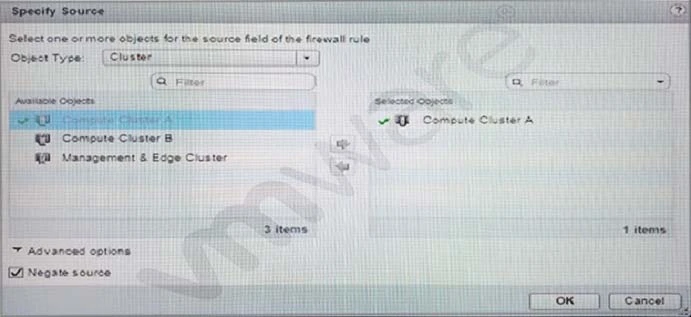
When specifying a source for a security rule, what is the purpose of the Negate Source check box?
If Negate Source is selected, the rule is applied to traffic coming from all sources except for the source identified under the object type. This means that the specified source is excluded from the rule. If Negate Source is not selected, the rule is applied to traffic coming from the specified source. Therefore, selecting Negate Source effectively inverts the selection criteria for the specified source.
The vSphere network object that abstracts the physical network, provides access-level switching in the hypervisor, and enables support for overlay networking is the Logical Switch. Logical Switches in VMware NSX create an abstraction that maps to a VLAN and enable the creation of virtual networks independent of the underlying physical infrastructure, facilitating overlay networking.
Which NSX components are needed to make this deployment functional?
To deploy a 3-tier application across two data centers with the described configuration, a universal transport zone is required to span both data centers. The universal distributed logical router (UDLR) helps in providing routing abilities across these data centers. Additionally, a universal logical switch is necessary to ensure that both data centers are part of the same overlay network. Finally, creating two local logical switches connected to the UDLR in each data center is necessary to allow for local communication within each tier of the application that is specific to each data center.